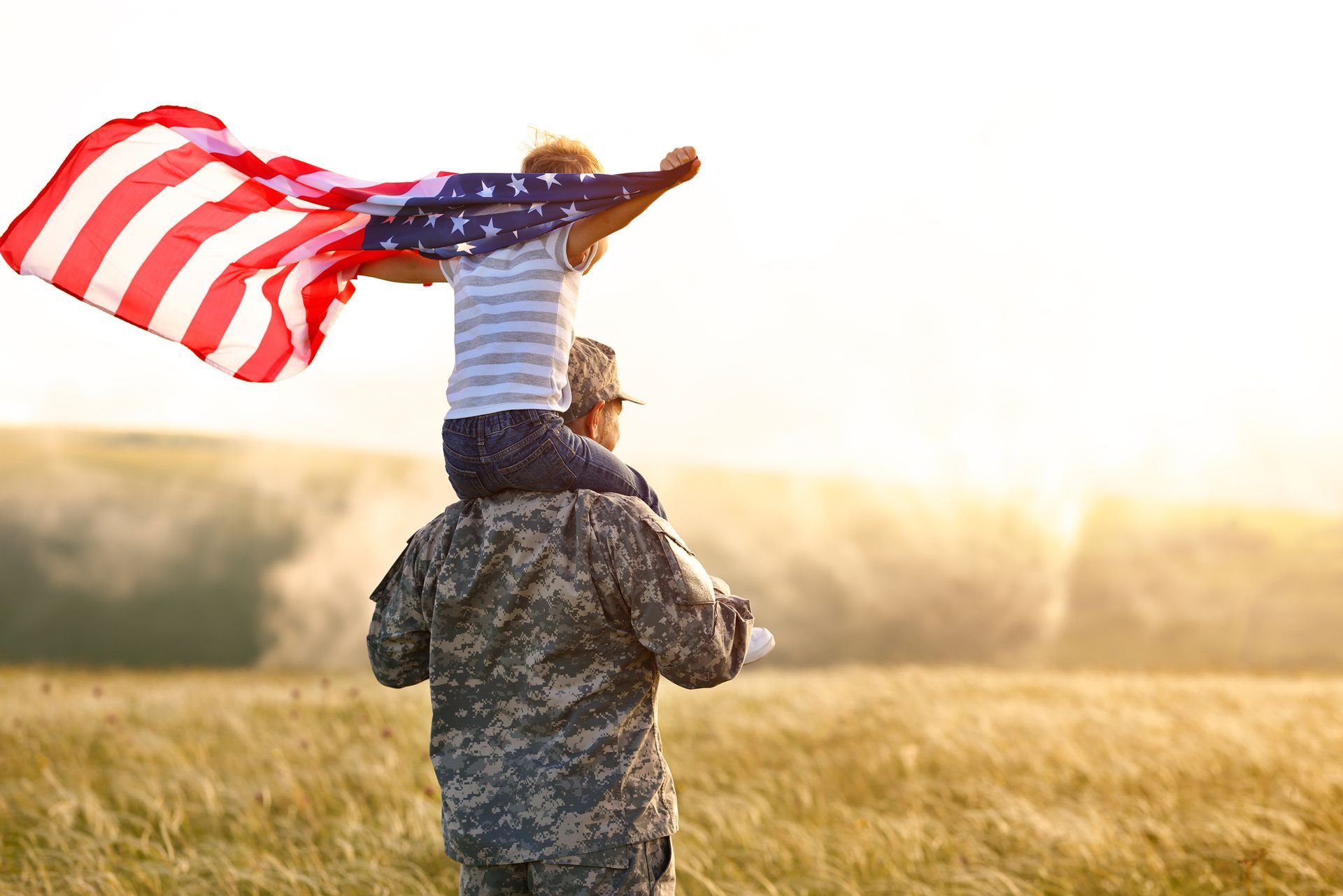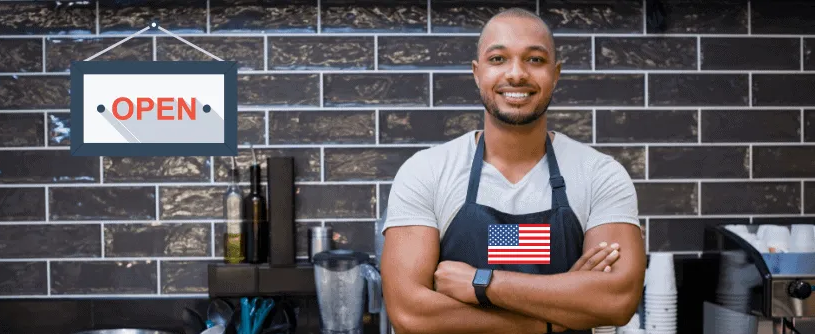Pakistani Americans: A Resilient Community Advancing in Education, Enterprise, and Civic Life
As a business consultant working with first-generation immigrants and new American entrepreneurs, I’ve seen the tremendous contributions of the Pakistani American community across the United States. Rooted in family, faith, and an entrepreneurial spirit, Pakistani Americans are quietly shaping the professional, economic, and social fabric of the country.
According to the latest U.S. Census Bureau estimates and Pew Research Center analysis, approximately 624,000 people in the U.S. identified as Pakistani in 2023, making them the 7th-largest Asian origin group in the country. This community represents about 2.8% of the Asian American population.
Below, I explore key demographic, economic, and cultural trends within the Pakistani American community — comparing them with Asian American and U.S. national averages to put their progress in perspective.
Population and Immigration
- 624,000 Pakistani Americans in 2023 (up from ~500,000 in 2015)
- 65% are foreign-born (immigrants), compared to:
- Asian Americans: 66%
- U.S. overall: 14%
- 55% of Pakistani immigrants have lived in the U.S. for more than 10 years
- 53% are naturalized U.S. citizens
Takeaway: Pakistani Americans are a well-established and growing immigrant community, balancing roots in Pakistan with long-term integration in the U.S.
Geographic Distribution
Top states with Pakistani populations:
- Texas: ~100,000
- New York: ~75,000
- Illinois: ~70,000
- California: ~65,000
- New Jersey: ~50,000
Major metropolitan areas:
- New York–New Jersey
- Chicago
- Houston
- Dallas–Fort Worth
- Los Angeles
Takeaway: Pakistani Americans are highly concentrated in major urban areas, with growing visibility in business, medicine, academia, and real estate.
Age & Family Demographics
- Median age: ~33 years
- vs.
Asian Americans: 34.7
- vs.
U.S. overall: 38.9
- Nearly
30% of Pakistani Americans are under age 18
- Strong emphasis on multi-generational households and family-based immigration
Takeaway: A young, family-oriented population structure positions Pakistani Americans for long-term community building and leadership development.
Language & English Proficiency
- Urdu is the most spoken language at home, followed by Punjabi and English
- English Proficiency (age 5+):
- Pakistani Americans: ~70%
- Asian Americans: 74%
- U.S. overall: 91%
Takeaway: Language fluency is above average for new immigrant groups and continues to improve, especially among younger generations.
Education
- 60% of Pakistani Americans (age 25+) hold a
bachelor’s degree or higher
- vs.
Asian Americans: 56%
- vs.
U.S. overall: 38%
- High concentration of professionals in:
- Healthcare
- Engineering
- Business & Finance
- Academia
Takeaway: Education is a cornerstone of upward mobility for Pakistani Americans, helping them overperform in competitive job markets.
Income & Employment
Median Household Income (2023):
- Pakistani:
$96,000
- Asian Americans: $105,600
- U.S. overall: $79,200
Median Personal Earnings (16+):
- Pakistani:
$47,000
- Asian Americans: $52,400
- U.S. overall: $44,200
Poverty Rate:
- Pakistani Americans:
12%
- Asian Americans: 10%
- U.S. overall: 11%
Takeaway: While household income is strong, individual earnings show a modest gap — likely due to high student populations and dual-earner households.
Homeownership & Business Ownership
- Homeownership Rate: 56%
- vs. Asian Americans: 62%
- vs. U.S. overall: 66%
- Pakistani Americans are
twice as likely to be self-employed compared to the general population, with growing presence in:
- Retail franchises
- Gas stations
- Medical practices
- IT consulting firms
- Real estate ventures
Takeaway: Small business and self-employment are central to the Pakistani American economic story — an area ripe for more support, financing, and franchise guidance.
Family & Cultural Values
- Marriage Rate: ~64%
- vs. Asian Americans: 58%
- vs. U.S. overall: 48%
- Fertility Rate (women 15–44): 7%
- vs. Asian Americans: 5%
- vs. U.S. overall: 6%
Takeaway: A strong commitment to family values, marriage, and cultural preservation defines much of the community’s social structure.
Conclusion
The Pakistani American community continues to grow as a vital contributor to the American landscape — in business, healthcare, education, and civic engagement. With above-average educational attainment and a robust entrepreneurial foundation, this group is positioned for continued success.
Yet challenges remain: income disparities, homeownership gaps, and representation in executive leadership are areas needing attention. As a business advisor and immigrant advocate, I believe there is untapped potential within the Pakistani American community — especially among first-generation entrepreneurs and their second-generation successors.
Whether it’s helping launch a franchise, secure small business financing, or develop a succession plan, my team and I are committed to empowering communities like this one with the resources to grow, scale, and lead.
About the Author
Jack Tiwari is a seasoned business consultant, community leader, and cultural advocate. With a deep understanding of the franchise industry, he helps entrepreneurs achieve success in franchise sales and acquisitions, business development, and social impact. Contact Jack at jack@thefranchiseconsultingcompany.com.











